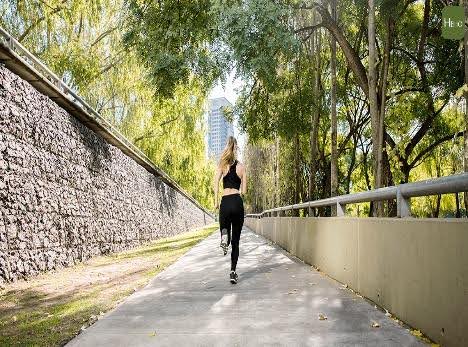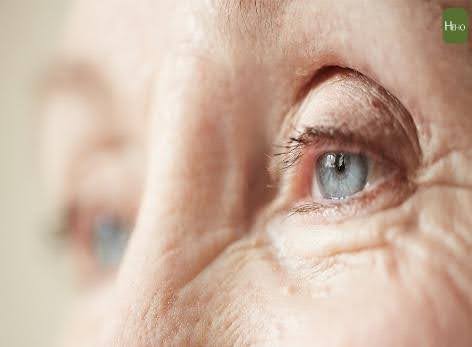Exercise can improve cardiopulmonary function, and make muscles and blood vessels healthier, but the benefits of exercise do not stop there. American research has found that exercise can also slow down eye aging, keeping cataracts, glaucoma, and macular degeneration at bay.
Walking for One Hour a Day is Effective!
Cataracts are a phenomenon of eye aging, often confused with presbyopia, and it's easy to delay seeking medical attention until vision becomes unclear, at which point the lens has already deteriorated and cannot be saved. Just like skincare to reduce wrinkles, we can also maintain our eyes through exercise to slow down the occurrence of cataracts. Compared to taking lutein and B vitamins, exercise is a very effective and economical way.
Researchers at the US National Laboratory found after a 6.2-year follow-up that both walking and running can reduce the incidence of cataracts. Studying 32,610 runners and 14,917 walkers, the results showed that those who walked slowly for one hour a day had a 19% reduced risk of cataracts; brisk walking reduced the risk by 26.2%; and jogging reduced it by 34.1%. Exercise can also slow down eye aging, keeping cataracts, glaucoma, and macular degeneration at bay. (Image provided by Heho Health)
Exercise can also slow down eye aging, keeping cataracts, glaucoma, and macular degeneration at bay. (Image provided by Heho Health)
The speed of slow walking is about 4 km/h, brisk walking is 6 km/h, and jogging is 8 km/h. The research team believes that as long as the body is active, the risk of cataracts can be reduced, and the more intense the exercise, the more significant the effect.
Exercise Helps Blood Vessel Renewal, Making Eyes Healthier
A study by the Swedish Medical Academy tracked 52,660 participants for 12.1 years and found that those who walked or cycled for one hour a day had a 12% lower risk of cataracts; those who engaged in heavy work daily had a 16% reduced risk. Those who hardly exercised had a 24% higher risk of developing cataracts compared to long-term exercisers. This shows the significant impact of exercise on eye health.
Exercise increases the efficiency of blood flow throughout the body, and the eyes need ample blood flow to metabolize waste and absorb nutrients. Exercise speeds up blood flow and cleans the blood vessels, which is very beneficial for the eyes. Walking for one hour a day is also effective for eye health! (Image provided by Heho Health)
Walking for one hour a day is also effective for eye health! (Image provided by Heho Health)
Not Only Cataracts, Exercise is Also Effective for Glaucoma and Macular Degeneration
Exercise is also beneficial for glaucoma and macular degeneration. Wet macular degeneration is caused by excess blood vessel growth beneath the center of the retina, and through exercise, blood vessels can be renewed, reducing the risk of macular degeneration. Glaucoma is related to eye pressure and vascular pressure, and exercise can stabilize blood pressure, indirectly stabilizing eye pressure and reducing the occurrence of glaucoma.
In conclusion, the eyes are organs that age easily, and spending one hour a day on light exercise can delay eye aging, when combined with supplements like lutein, the effect is even better.







